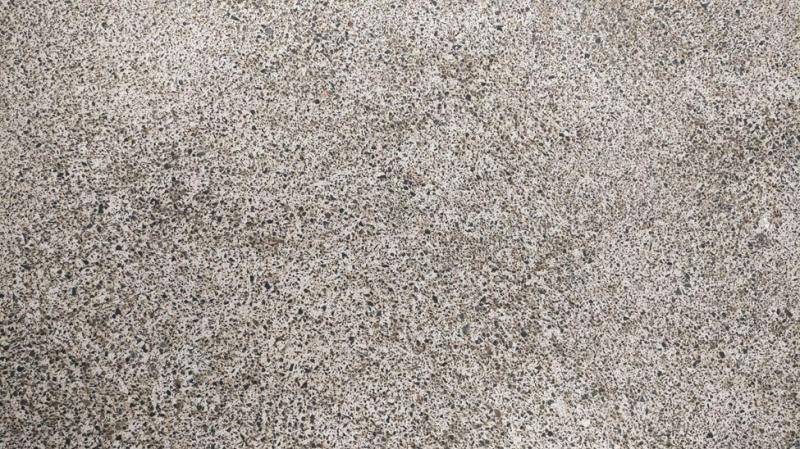Easy steps to repair damaged concrete Floors With Epoxy Coatings

Concrete is one of the strongest and go-to construction materials for floors. It can be used in both residential, commercial, and industrial spaces.
The best part is that concrete floors can be transformed into stronger and beautiful surfaces through concrete staining, concrete polishing, and epoxy flooring among other decorative surfaces. For this article, we spoke to Jeremy Douglas of Paradigm Concrete Finishes to hear about their process.
Let’s hop right into how to repair damaged concrete with Epoxy Coatings
You may notice surface scaling, cracks, pitting on your concrete surface. Yet, the concrete surface is still structurally sound underneath. After a proper assessment of the concrete, it will determine if the concrete can be resurfaced. With the help of a professional, the sub-base’s structural integrity will be determined. This will help extend concrete life with durable repairs to the damaged area.
Many people decide to replace concrete surfaces before determining if there are other possible alternatives. Yet, in a majority of cases, you can repair concrete damage. Here are a few easy steps that can help you repair your damaged concrete.
Surface Preparation
Surface preparation should be the first step before repairing damaged concrete. This is a necessary step as it helps the repair material to have a permanent bond to the damaged concrete.
Chip broken or loose concrete from the floor
Depending on your surface's size, it is best to use a hammer, chisel, or masonry grinding disc and portable drill. This helps to remove any loose concrete around the repair area.
Wear protective gear when using cement-based products
Cement-based products can be harmful to your health. It would be best if you used waterproof gloves and eye protection safety wear. All done! Sweep and vacuum clean the floor to remove the dust, grease, and oil before applying the repair material.
Clean the surface for the repair
Using a stiff bristle brush, scrub and clean the area you're planning to repair. You can use Concrete & Asphalt Cleaner to clean any damaged concrete, masonry, paver, asphalt, stone, and brick surfaces. It is advisable to use it while diluted for general and full strength for heavy cleaning. After cleaning the repair, clean the place thoroughly and carefully.
Applying the material on the damaged concrete
The right material to use on a feather edge to a quarter inch is the vinyl concrete patcher. For best results, use about 10 ounces of water for every five-pound material. In the mixing water, add the dry mix for excellent results. To make sure your project is a success, you should not compromise with the water ratio. In case you add excess water during mixing, it will weaken the bond and compressive strength.
To achieve a lump-free consistency, mix the concrete patcher for 3-5 minutes with a margin trowel. After mixing it well, allow the mixture to settle for about 5 minutes without disturbing it. This is a necessary step as it will help the polymer to activate fully. Stir the settled mixture before applying it to the damaged area. If the consistency is thick, you can add small amounts of water for a putty consistency.
It will help if you wet the trowel for the project to succeed and achieve an aesthetic feel. When the damage is above a quarter-inch thick, you should apply multiple layers of concrete patching. Then allow each layer to dry before applying the next.
Do Concrete Repair In The Right Temperatures
It would be best if you apply concrete patching when temperatures are between 50 and 90 degrees. You don’t have to worry if you are in Florida, but if you’re in Minnesota or NJ, it might be difficult. This will fasten the curing process; for about an hour or two, and the compound will harden completely.
More to Read:
Previous Posts:










